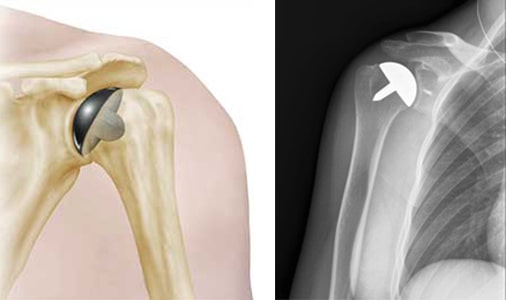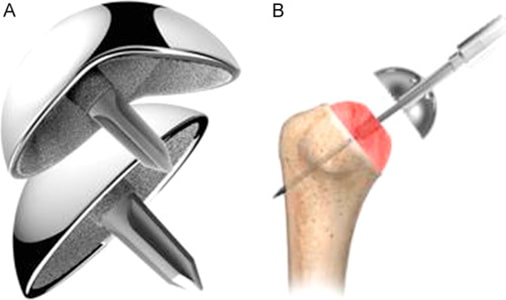

Shoulder replacement is a surgical procedure in which a part or whole of the glenohumeral joint is replaced by a prosthetic implant. This shoulder joint replacement surgery is generally required to relieve in pain and stiffness or damage of joints.
Shoulder replacement surgery is an option for treatment of severe arthritis of the shoulder joint either by osteoarthritis, trauma or injury. Now days latest and state of the art technologies and implants has improved the result and recovering time of shoulder replacement surgery for patients.
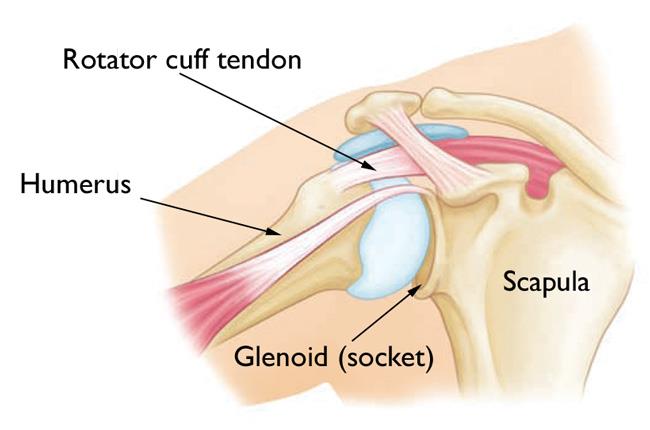
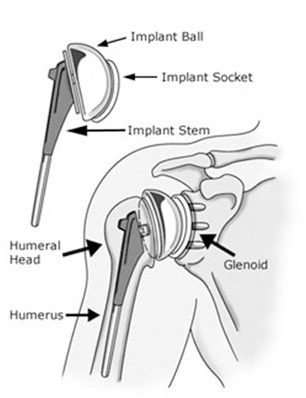
The most common reason for for this joint replacement may be arthritis or injury resulting in pain and stiffness. Trauma or sport injury may be reason for osteoarthritis of this joints. Orthopaedic Doctor may suggest for replacement based on patient’s age, problem type and severeness of case.
There are following types of Shoulder Replacement:
Partial Replacement is recommended when the humeral head or soft tissue is severely fractured or damaged due to arthritis , but the socket (glenoid) is normal.
In such condition the head of humerus is become replaced by a metal ball and stem. The stem may be cemented into the humerus bone.
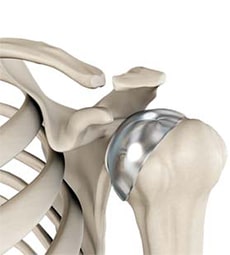
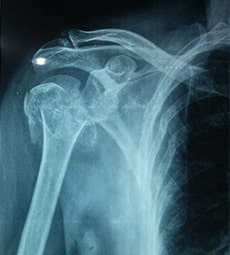
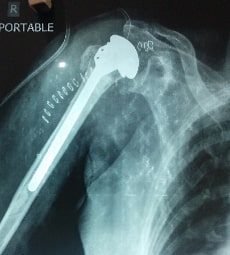
When both the humeral head and the glenoid are damaged due to osteoarthritis and rheumatoid arthritis or complex fracture, is such condition surgeon may replace both the ball and the socket.
First, the damaged humeral head is removed and stem is cemented into the humerus bone and a highly polished metal ball attached to a stem. Further the glenoid is prepared and plastic cup is cemented in the place. Thus Finally these components form a new shoulder joint.
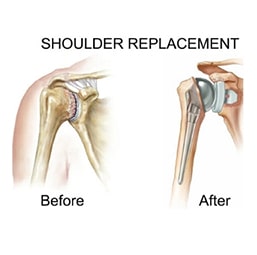
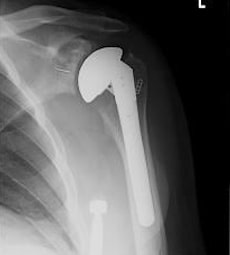
In a normal and healthy shoulder, the humerus “ball” is held in the shoulder glenoid (socket) by several muscles and tendons, including the rotator cuff tendon.
A reverse shoulder replacement or “reverse shoulder prosthesis” is a shoulder arthroplasty in which the normal ball and glenoid socket structure is reversed. The components of a reverse total shoulder replacement include the metal ball that is screwed into the shoulder socket, and the plastic cup that is secured into the upper arm bone. The large deltoid muscle that covers the shoulder is typically able to move the arm.
Reverse Shoulder Replacement is recommended for conditions such as rotator cuff tear arthropathy, comminuted 4-part proximal humerus fractures and prior failed shoulder arthroplasty.

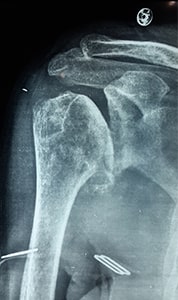
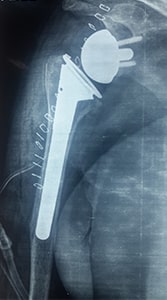
Resurfacing is type of hemi arthroplasty in which only joint surface of the humeral head is replaced by a cap-like prosthesis but the stem is remains same.
In this procedure bone becomes preserved and avoids the risks of component wear and loosening that may occur with total shoulder replacement over time.
